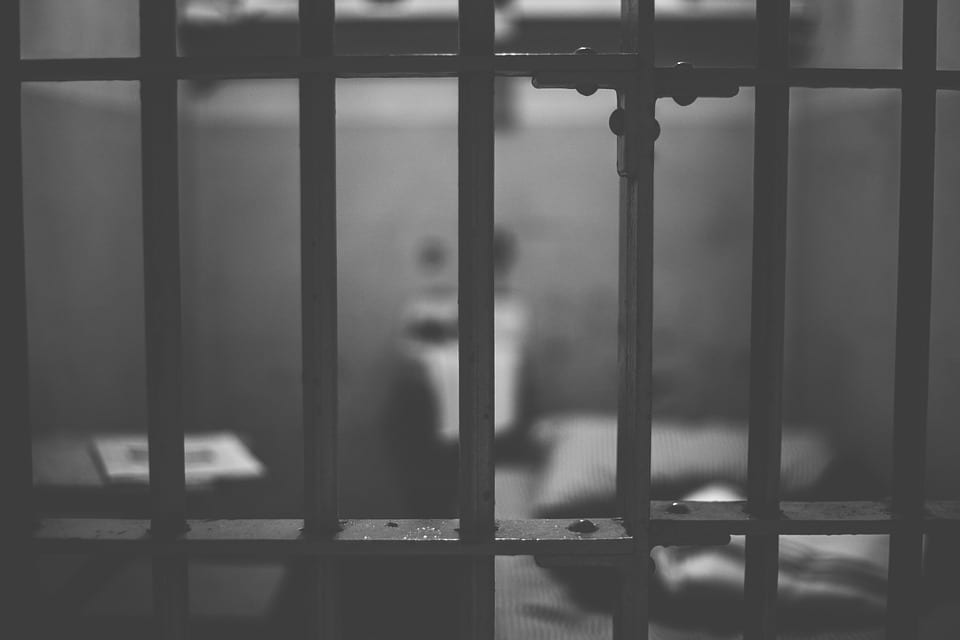Before the settlement, inmates on death row–many of whom await their executions for decades–were scarcely permitted to leave their cells and had practically no social interaction.
Florida has agreed to settle a long-running lawsuit against the often decades-long isolation of death row prisoners, with the state promising to afford condemned inmates better treatment as they await execution.
According to The Tampa Bay Times, U.S. District Judge Marcia Morales Howard of the Middle District of Florida approved the settlement in late April.
Under the terms of the agreement, the Florida Department of Corrections shall allow certain death-row prisoners to spend more time outside their cells. Some of these inmates will be permitted to work inside their unit.
They will also be given improved access to mental health care, including psychiatric services and therapy.
The attorneys who filed the lawsuit said that the settlement represents a significant victory and major turning point in the history of the Sunshine State’s criminal justice system.

“It’s been a tenet of our legal system, really since its inception, that no matter what anyone has done or what they’ve been convicted of, they deserve humane, responsible confinement,” said attorney Evan Shea of the Washington, D.C.-based Venable law firm. “As we understand more about the effects of isolation on mental health, it’s very clear from the science that prolonged isolation is not a humane, just condition to place someone in.”
The Tampa Bay Times notes that, for more than 40 years, Florida has placed condemned inmates in what the lawsuit likened to “permanent solitary confinement.”
While many death row inmates are eventually executed, it can take decades for their cases to resolve.
Death row cells, says the Times, usually contain little other than a small T.V., a single bunk, writing table, and combination sink and toilet. Prisoners eat their meals inside their cells, leaving only for showers and three hours of recreation time in an outdoor yard. Inmates rarely socialize with one another; they hear only commotion from other cells and the occasional remark from passing corrections officers.
The lawsuit, which included eight death-row plaintiffs, recounted how some prisoners develop significant mental health problems in isolation, which could include everything from general anxiety disorders to full-blown hallucinations.
Under the terms of the settlement, eligible inmates—those who do not pose an exceptional risk to themselves or others—will be able to spend significantly more time outside their cells, even congregating with other condemned prisoners in newly constructed dayrooms for between 15 and 20 hours per week.
The agreement also permits these inmates to take more regular showers and have increased access to telephones and multimedia kiosks, which they can use to communicate with loved ones.
Shea said that the settlement did not include everything that attorneys had hoped for, such as the inclusion of air conditioning in death row units.
Nevertheless, lawyers for the condemned believe the outcome is a net victory.
“This is going to lead to a smoother operation of the prison,” Shea said. “It’s not a good way to run a prison to have inmates that are subject to severe psychological strain. That leads to unhappy prisoners, inmates that are not stable and react in ways that place burdens on correctional officers and on the prison administration.”
Sources
Florida death row inmates promised more humane treatment after lawsuit settlement


Join the conversation!